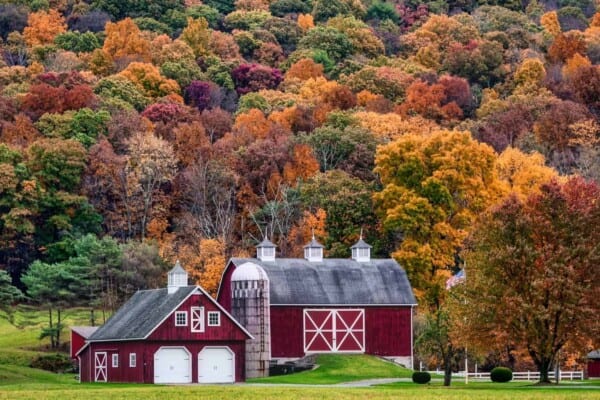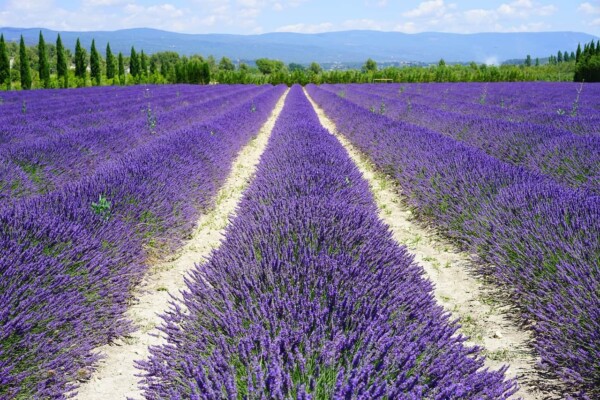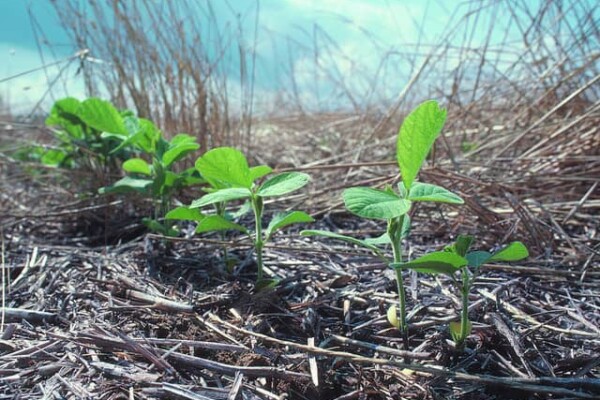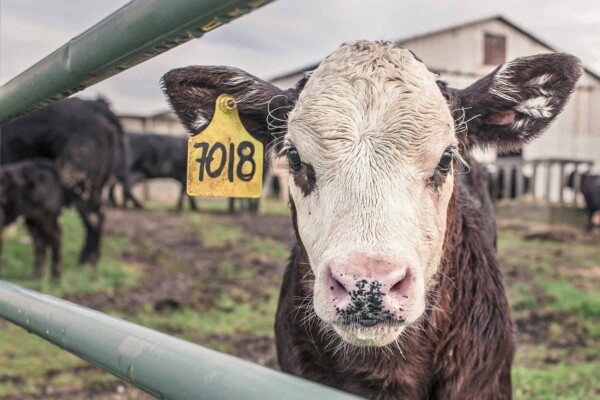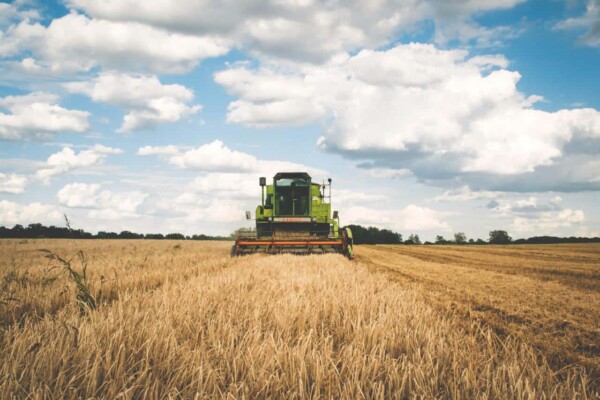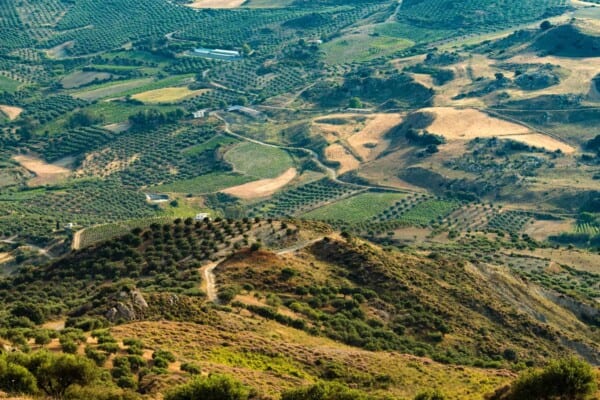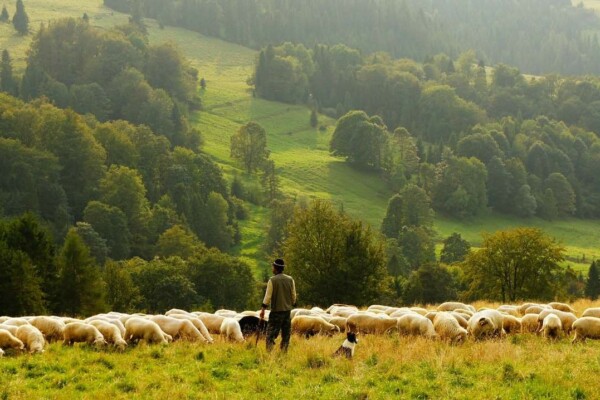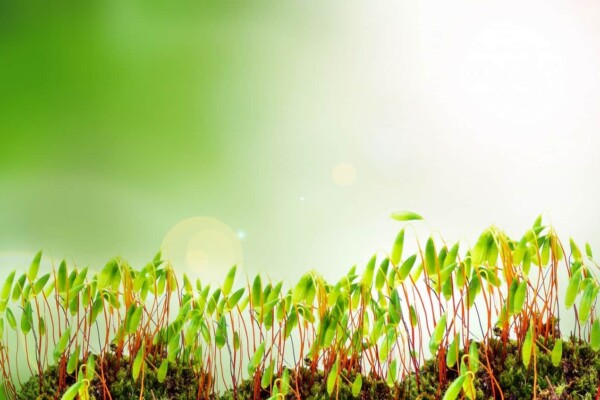Regardless of whether you are new to the wonderful practice known as farming or if you’ve been at it for over a decade now, you still need help every now and then when it comes to the little additions to your farm that could really maximize your production as a whole, farm ponds are definitely up there.
Not only do they look absolutely gorgeous, but they are also extremely practical and they can really make your farm look and feel more homely than ever before which can really increase your income by quite a significant amount.
But how do you actually build one for yourself and why would you do it in the first place?
These are the first questions that we have on our mind as we speak, but while we’re at it how about we take the time and properly explain everything there is to building a farm pond?

After all, it’s not as simple as digging a hole and letting it fill up, and the process itself can actually be hard enough to get into that you may need to hire someone with a background in engineering to get it done properly.
So, as we delve deeper and deeper into this rabbit hole, how about we start this off with the blueprint behind the farm pond that you will need to get started on your journey.
Water Laws in the US

This is actually a very common misconception that is spread all throughout most farming groups as more and more people believe that they can just start working on a farm pond without a care in the world for the law of the state.
In actuality, you don’t really own the water that flows through your property, quite the contrary actually. Everything is, from a legal standpoint, owned by the government under the title of Waters of the United States.
So, if you want to actually use this water for your own needs you will need to get the permission from the EPA, starting off with the Clean Water Act.
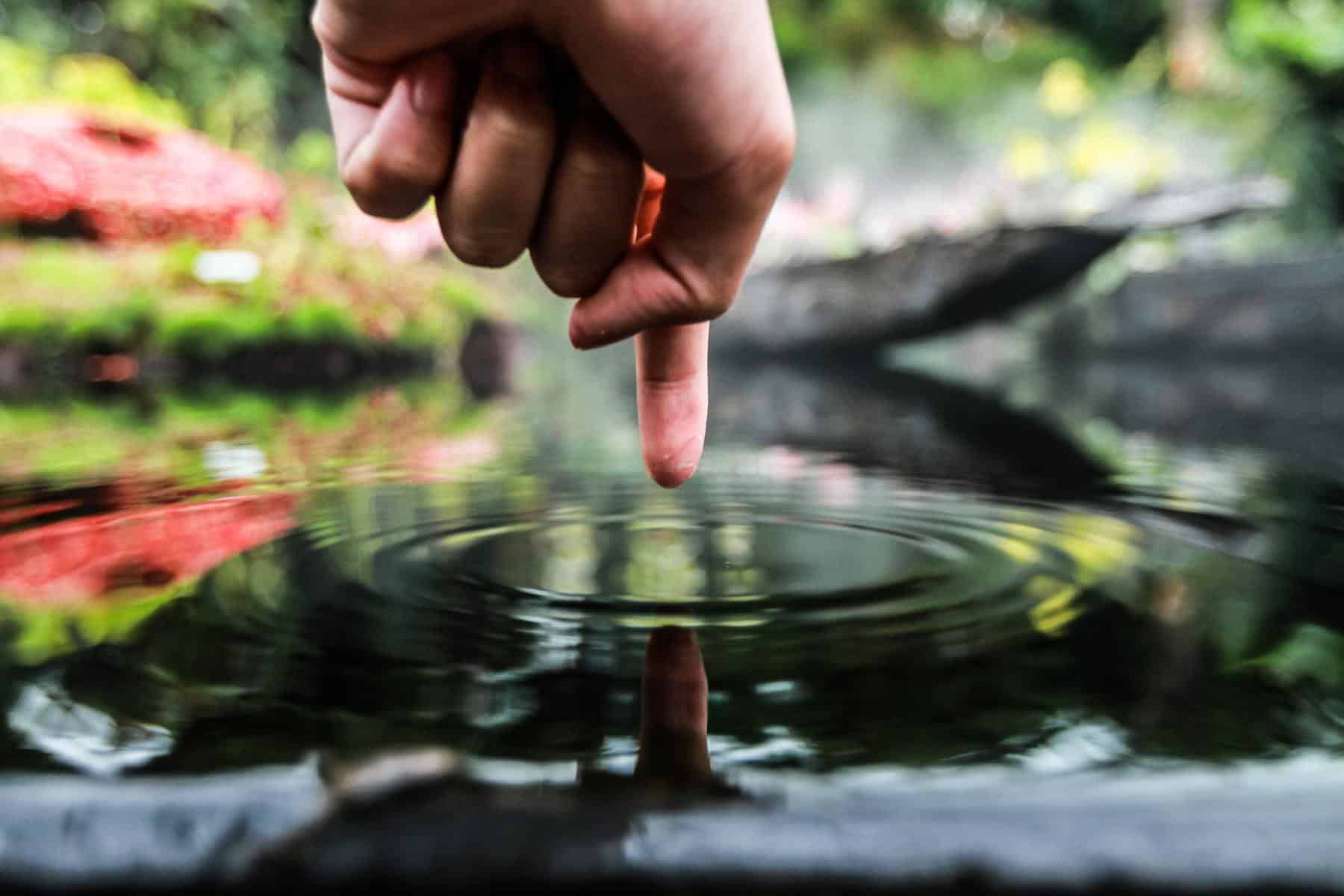
Luckily, as long as the water is not covered under federal jurisdiction you can still make use of it under state laws, so definitely keep that in mind and do your own research based on your state’s laws before you go any further.
Take for example California, the state where no matter what business you own or what your reasoning is, you still can’t use any of the inland water simply because it is regulated by the state of California.
There is a loophole that you can take advantage of though, as you can actually request permission to impact the water that flows through your land by consulting with the local Natural Resource Conservation Service office and making a request for it under the scope of agricultural purposes.
Their answer will properly convey the legality of your actions, and since the NRCS is a part of the USDA, let’s just say that there’s no better source of information than getting in contact with them.
Water Sources

Currently you can choose out of several different water sources for your pond, although if you want your pond to actually be active all throughout the year you will definitely need to take advantage of more than one of them.
Surface Runoff
This implies that your pond will be filled with rainwater. As a natural source you will have an easy time getting a permit for this option simply because you don’t actually get to hurt any of the aquatic organisms around by doing it.
You will need to drain around 3 or so acres of land for each acre-foot of pond volume which is not that hard to get access to.
The only real issue with this option stems from the fact that in some places rainfall is actually very uncommon or downright impossible which results in you pretty much having to rely solely on another source of water for the rest of the year.
Groundwater
Groundwater is yet another inefficient water source that you can still take advantage of as long as you take your expectations from it down a notch.
What we mean by this is the fact that while it is still a great choice it shouldn’t be your main choice because it is only really available in low-lying areas with a high-water table, and on top of that the site can dry away in no time for no reason whatsoever.
Springs
Spring ponds are actually the most common choice you’ll see people make, and that is for good reason too as the water that surfaces from springs is veery clear, clean and on top of that it’s always ice cold.
This makes it the perfect source of water for a farm pond, but sadly enough exploiting this source can seriously damage the aquatic organisms around which often times means that you will need to fill out a lot more paperwork and clear a lot of hurdles to be able to get a permit for it.
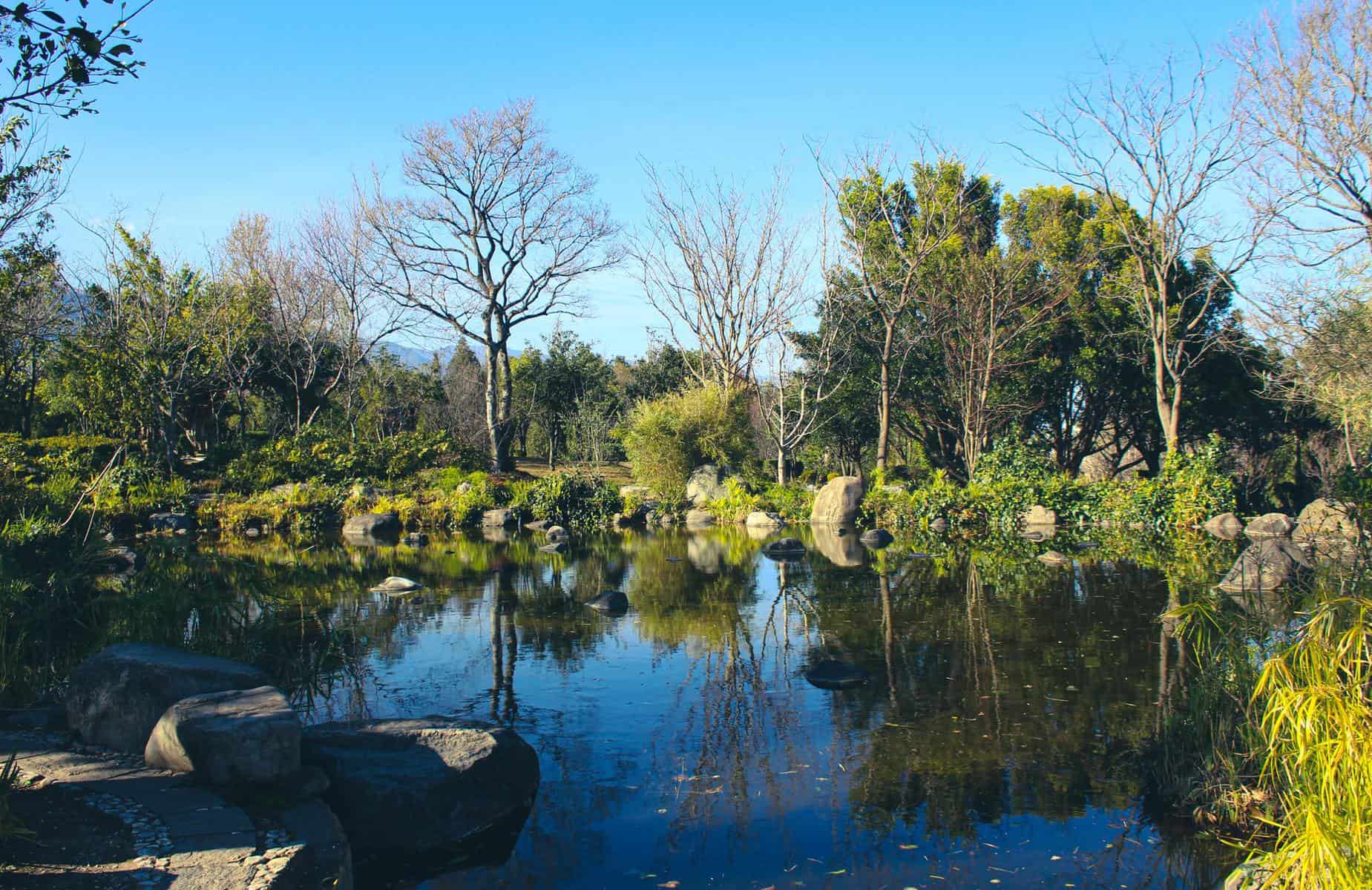
Streams
This may actually be the hardest type of water source to get a permit for and for very good reason too, considering the fact that you can easily end up eradicating all of the aquatic life in the area if you’re not qualified enough to handle the process.
If you can get the pass for it though you will find yourself with a very good source of water that you can take advantage of for practically the whole duration of the year.
Wells
The good aspect of having a well as a source of water is that it is clean, easy to handle and very easy to take advantage of for the whole duration of the year. The negative side to it though is the fact that you will most likely need to invest a lot in the electricity bill that will come with it.
Alternatively, you can invest in a solar-powered pump for it, and while that will double your costs for the initial purchase, it will save you a lot of money at the same time also.
Now that you know the sources of water that you can invest into, how about we discuss all the other aspects to building a pond, including:
Picking the Right Spot for your Farm Pond

The Natural Resources Conservation Service will be your best friend during this process as they are most likely the ones to know exactly where you can start working on your pond as long as you have the permit for it to begin with.
If you can’t get in touch with them, you should look for a flat area in a small valley because these are usually perfect for your startup project.
Here’s a quick hint though in case you pick out the place for yourself: Always check to see how much water flows after heavy rains because it can easily overflow and in doing so you can end up losing all of your fish or even destroying your dam altogether.
Also make sure that you can get a contractor or excavator to do the job for you, trust us when we tell you that you will need someone with experience in the field unless you want to lose a lot of money on fixing the mistakes you made then.
How Big Should Your Pond Be?
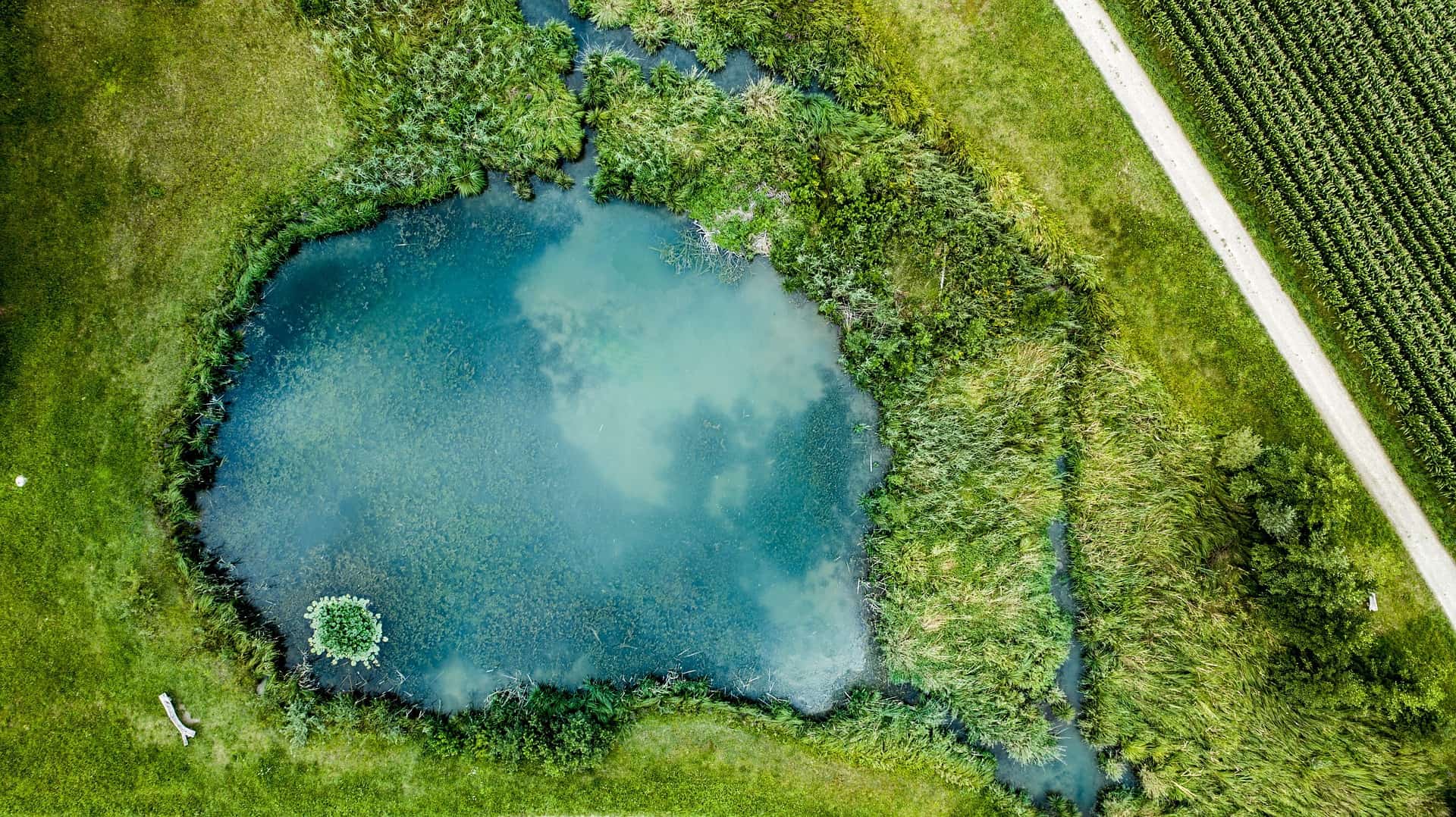
While we would usually recommend that you go as big as possible with your structures especially since you won’t really need to do a lot to maintain them on the long run, let’s just say that building a smaller and more simplistic pond can be just as rewarding if not more.
What you need to keep in mind here is the fact that the larger the pond will be, the more disturbances you will cause in the environment, which can quickly add up to devastating results.
On top of that, while the costs will not exactly triple overnight, it will be a lot harder to maintain a large sized farm pond especially if you want to keep it in mint condition at all times.
Lastly, you need to keep in mind the abundance of the water source you’re running on. While using a well you can extract a ton of water and all that but if you focus on rainfall then you will need to keep yourself in check as to how large you can really expand.
You can always ask your contractor how large you could go with the pond, although this in itself will usually depend on your aforementioned limitations.
How Deep Should the Pond Be?
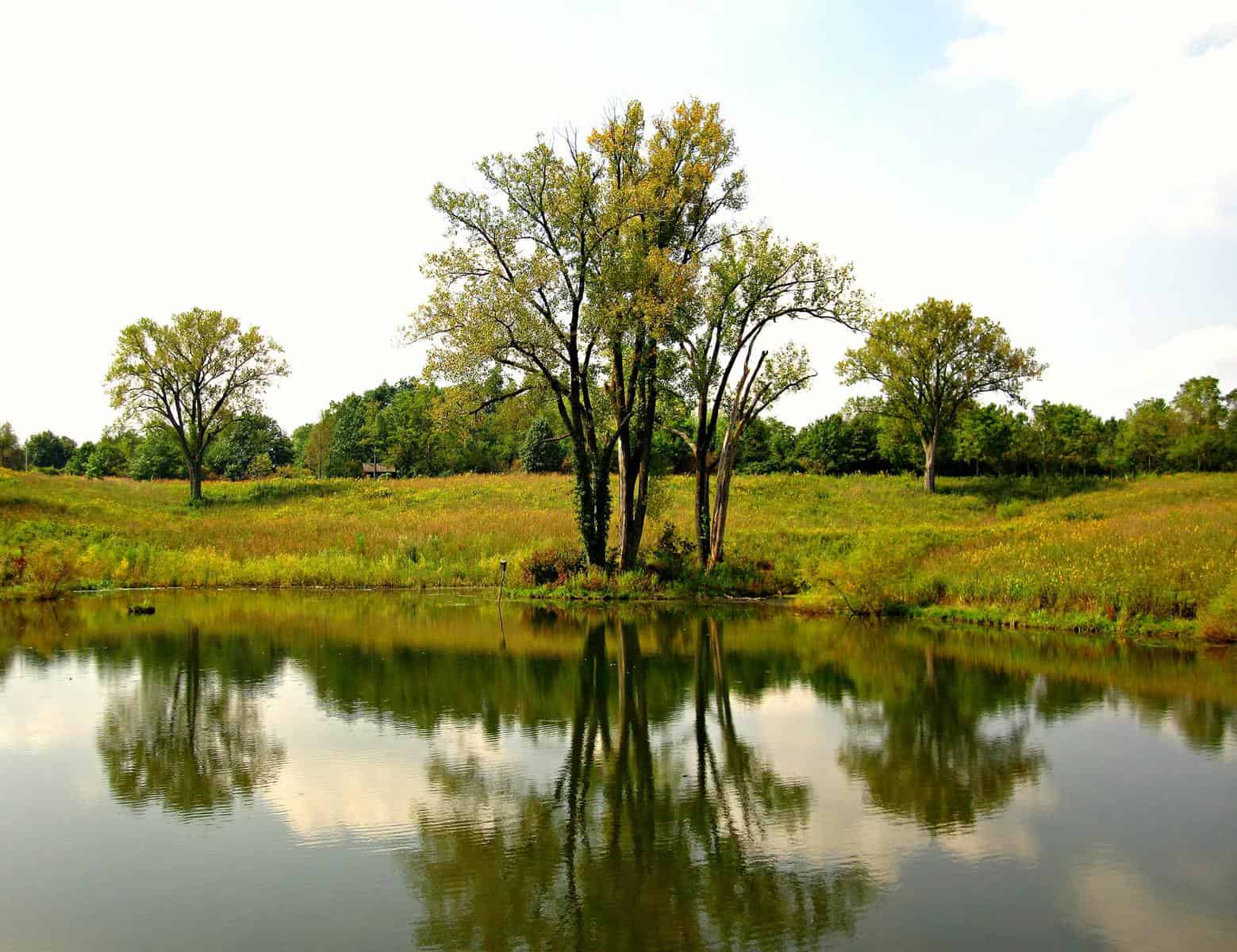
As far as the depth of your pond should be, honestly it again depends on your topography and the main purpose behind it.
If you just want to build a random warm-water game fish pond you won’t need all that much depth, maybe settle on around six to eight feet deep.
You could always go for 8 to 12 feet as well if you want to make sure that your pond is properly oxygenated, although this again depends on the topography of the site.
What Fish Should You Keep in Your Farm Pond?
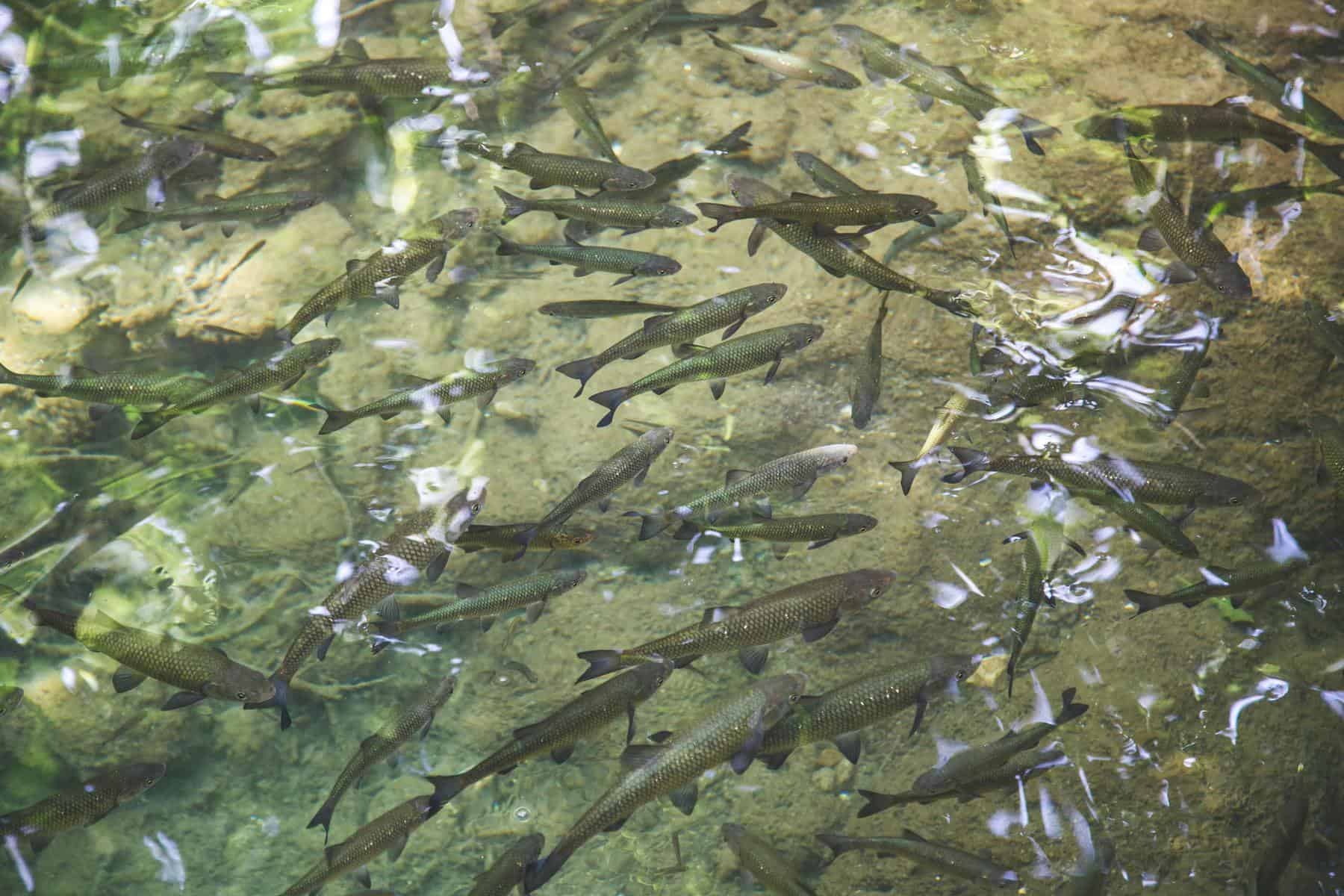
As far as the aquatic life in your pond is concerned, you should invest a lot into trout as this is by far the most popular choice on the market.
They can coexist very well with other warm water species as well, including bluegills, catfish and redear sunfishes.
Whatever you do though, don’t stock up on crappies if you own a smaller pond since they can easily overpopulate and take over the pond, essentially stunting everyone in it.
So again, keep in mind the size of your pond and look up how different species of fish can react to one another so as to make sure that no “accidents” happen.
When Should You Start Fertilizing Your Pond?
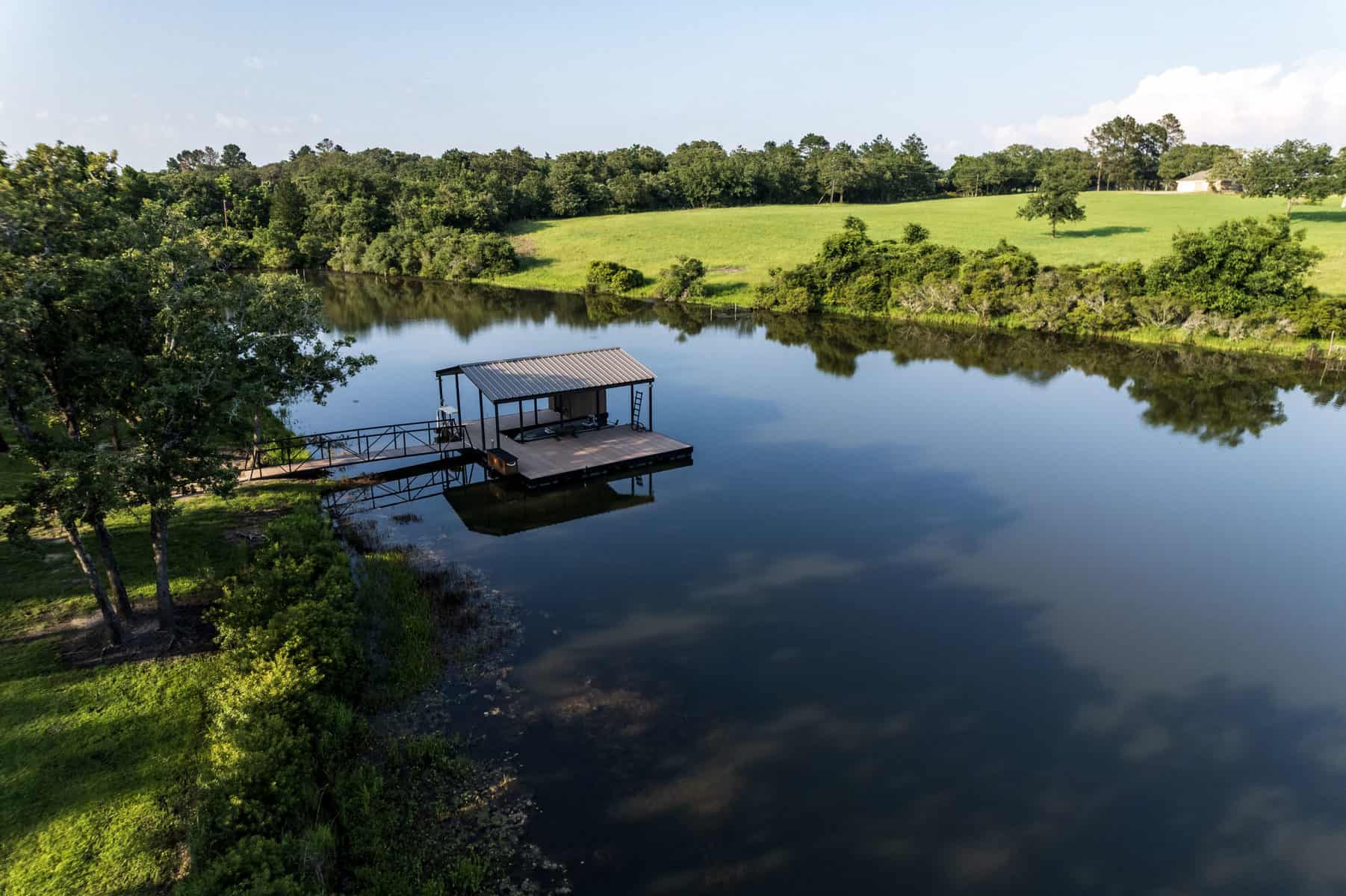
The most interesting part about this is that if the pond is very hard to see through and it looks generally very murky, chances are that it is actually a very healthy habitat for your fish and any other aquatic life inside.
But the problem with that is that nobody likes to see a dirty farm pond, quite the contrary actually. We invested so much in it that we need to be able to see through the clear water and would love to observe all of the fish we put in there.
So, the solution to this problem is to start investing in fertilizers for your water. For the most part, as long as you can see deeper than 24 inches through the water, that means that it requires a bit of assistance from you, so definitely start pouring in those nutrients.
On top of that, if your pH levels are too low, you need to add in some lime to raise them. You can call a professional to check out your pH levels or you can try to wing it yourself, although we always recommend going with the pros if you can handle the price tag.
Which Plants Should You Put in and Around Your Farm Pond?
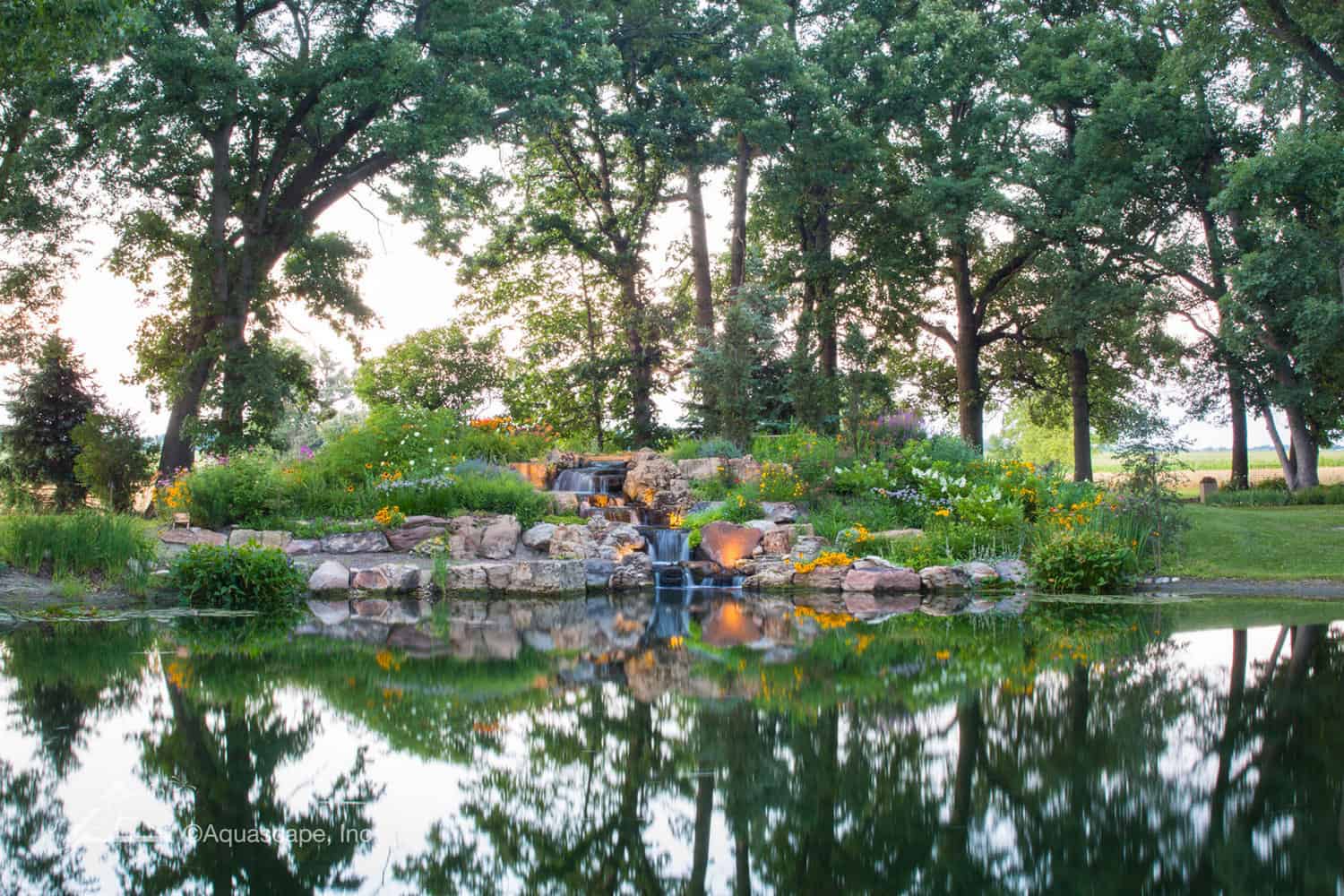
If all that you have to offer for your pond is just the pond itself then you’ve pretty much let everyone down right from the get go.
This is why you need to invest a lot into your presentation so that you can really turn heads every time someone comes near your pond.
So, as far as the possible plant vegetation options go, as long as they can survive in the water and around it you should be pretty good to go.
For example, you can invest into an Imperial Whitetail Clover, orchard grass or even bluestem and rye. These are all fantastic choices that will get you the results you want in no time.
Which Bacteria Should I Look Out For?
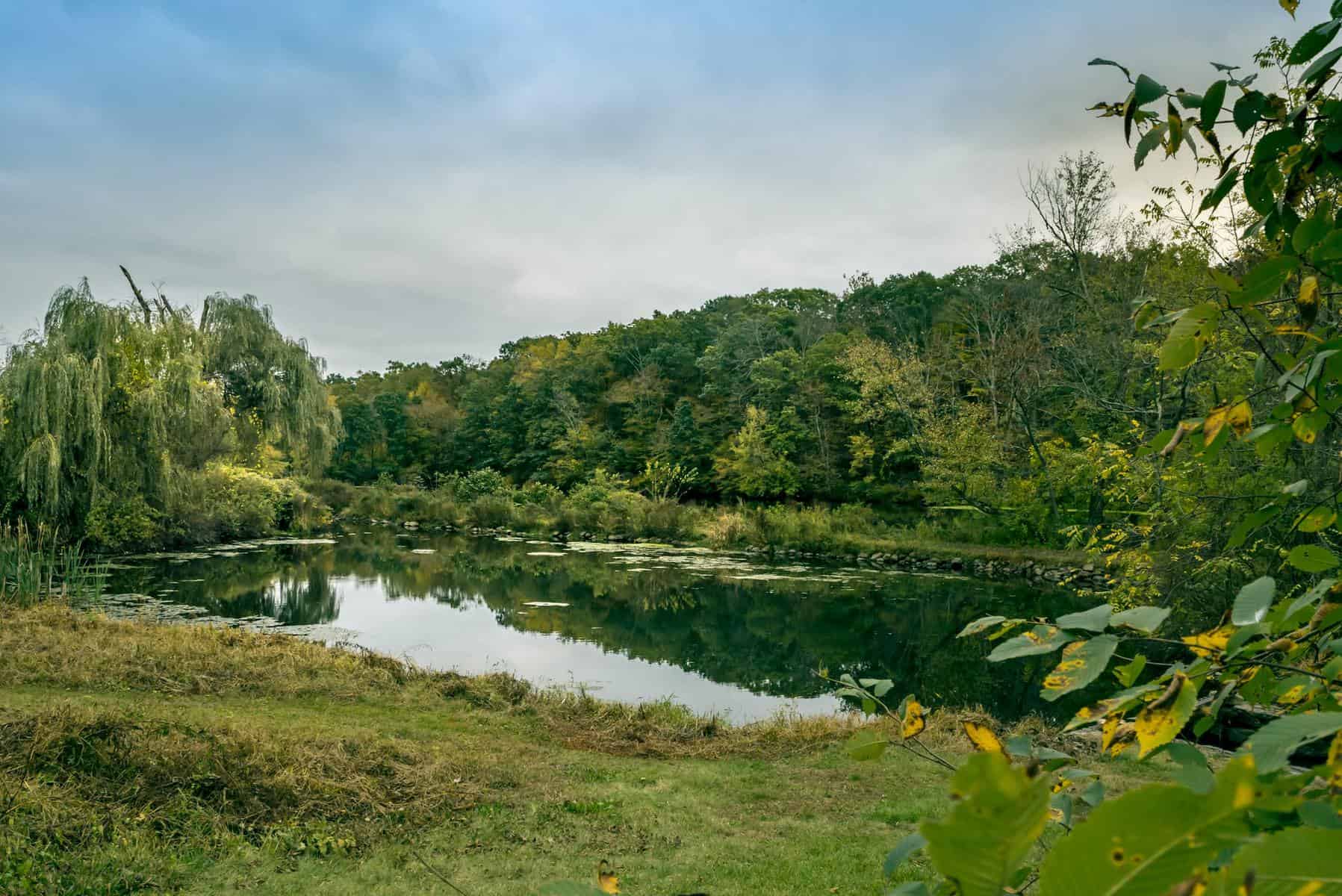
The funniest part about this question is that when we go for a swim we’ll never actually check the water for bacteria before we jump into water, which is a massive oversight from our part. Let’s just say that we are lucky that we are so resistant, otherwise we’d pretty much all keel over every time we go for a swim.
There are plenty of bacteria out there that can really end up messing up your pond, but for the most part as long as the water has an adequate inflow and outflow, there shouldn’t be any problems that could lead to you losing your fish early.
This question also heavily relies on you choosing the right fish to invest into in order for you to stay as far away from any bacteria. A good choice is going for bass and bluegills in a ratio of about one to ten.
This is good for the pond because they can both eat anything you give them and they are very tolerant against bacteria in general.
Why Should You Build a Pond?
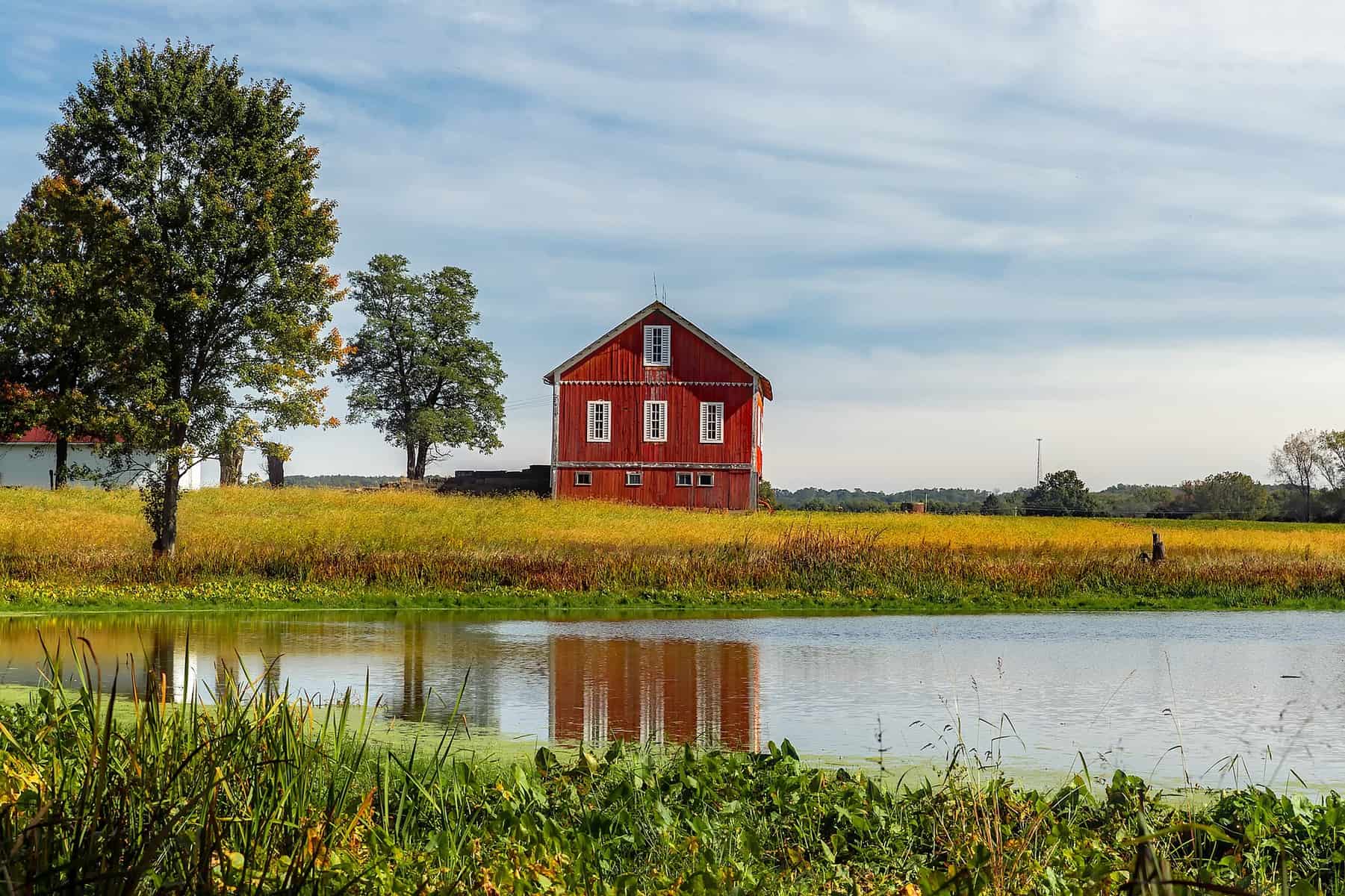
As far as general uses go, there are a lot of reasons as to why you should invest in a pond as soon as possible, including but not limited to:
- Microclimate enhancement – this implies that you can use the water bodies to capture and store solar energy and use that to your advantage
- Wildlife preservation – let’s just say that we as a species have been a lot more destructive than we’ve been helpful to the rest of the lifeforms on our planet, which is why it’s always great to invest into something like this just so you can give back to the world what so many of us have taken unknowingly in the past
- Storage For Distribution – this one is a no-brainer, but you can easily use the water inside in case a fire starts somewhere nearby, or you can use it for your farm in case of a drought
- Lastly, we have every other reason that you already thought of by now, including you raising your own fish or crops in there for consumption reasons, or you can build your pond just because you like the way it looks in your farm
Conclusion

So, now that you know everything there is to know about building your very own pond, should you do it or not? This all depends on what you personally believe. As far as we know, it is always a great choice as long as you can take care of the costs and of course, if you have the time for it.
Remember that while this is not as hard to maintain as it would be to take care of a fish tank, it can still go wrong very quickly if you completely dismiss your responsibilities.
A pond may look nice from afar, but you will need to get your hands dirty every now and then taking care of it. So, while we do recommend going for one if you can, keep in mind that it isn’t all fun and games, those fish need your help to survive and that’s no laughing matter.
Contents
- Water Laws in the US
- Water Sources
- Picking the Right Spot for your Farm Pond
- How Big Should Your Pond Be?
- How Deep Should the Pond Be?
- What Fish Should You Keep in Your Farm Pond?
- When Should You Start Fertilizing Your Pond?
- Which Plants Should You Put in and Around Your Farm Pond?
- Which Bacteria Should I Look Out For?
- Why Should You Build a Pond?


